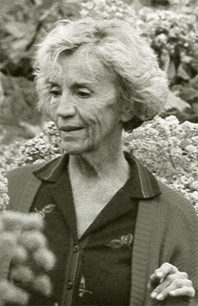
Why Icelandic cinema? Iceland’s Hildur GuÞnadottir received recognition for her work on Chernobyl‘s score. That might interest North American moviegoers on what inspires such music. Besides, Toronto audiences and I have probably answered that question during last year’s retrospective of Icelandic cinema at TIFF. And we’ll have those answers again from the programmer behind that retrospective. That programmer is Steve Gravestock, who also wrote a book about the films from the Scandinavian country. His book A History of Icelandic Film also came out recently.
It’s better for us to read the book. But last Tuesday, Gravestock also gave a short speech. A preview on how the book proves that these films worthy of our attention. The first is the similar trajectory between that country’s film history and ours here in Canada. Just like us, Iceland made its first films during the silent era. We released our films in spurts until a boom during the 1960s and onward. Iceland’s output, then, stayed dormant until the 1980s with films like Hrafn Gunnlaugsson’s Hrafninn flygur. This film is, surprisingly enough, about a vengeful Irishman (Jakob Þór Einarsson).
As much as Hrafninn flygur feels like a baby step, it does illustrate Icelandic film’s relationship with other art forms. That’s especially true when these films reference its country’s rich folk tradition. Our cinema has our own traditions, but our films feel hokey, especially when settlers dig further than a hundred years. I, then, feel a slight jealousy when Icelandic films can effortlessly access centuries’ worth of stories. They’re introspective towards the violence within these tales and tell them without a sense of performative guilt.
There’s a relationship between Icelandic cinema and western visual art. The island country has enough rural landscapes to inspire at least four more decades worth of films. I also see how that country’s filmmakers reference different artistic styles. Like pre-Raphaelite romanticism while depicting a old man’s (Gísli Halldórsson) hometown in Fridrik Thór Fridriksson’s Born naturrunar. Or Ilya Repin’s realism in both the landscape and close-up shots in Baltasar Komakur’s Myrin. What better way to depict a cop’s (Ingvar Sigurðsson) murder investigation?
Or Edvard Munch’s masculine rage and Paul Cezanne quiet in Hlynur Palmason’s A White White Day. Gravestock introduced this film as part of his book launch last Tuesday. He could have screened something that came out in the middle point of the country’s film history. Instead he made the wonderful choice in A White White Day. Iceland submitted this film to the Academy last year. The film is about a man (Sigurðsson) mourning his dead wife. And it was nice to revisit this with a lively yet respectful audience. They appreciated the film’s visuals, its use of folk tales, and its morbid sense of humour.
You can buy a paperback version of Steve Gravestock’s book A History of Icelandic Film through several websites, but the best place to do so is through the Wilfrid Laurier University Press.


